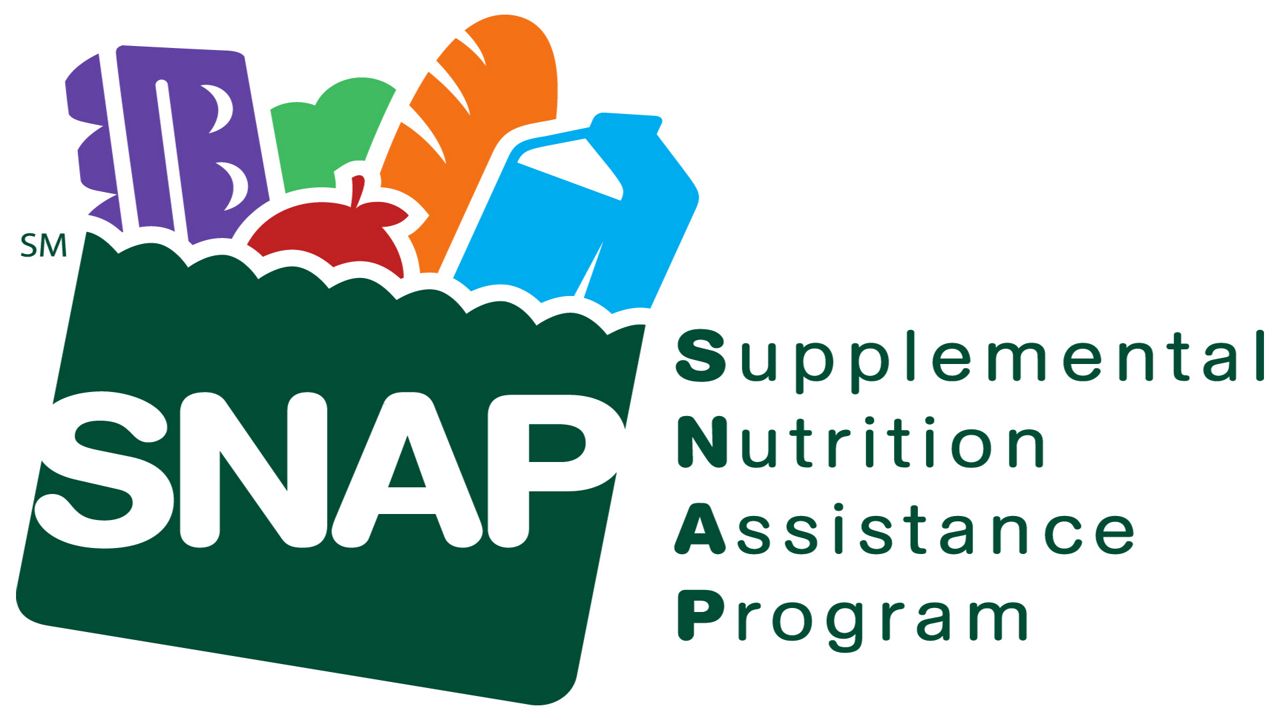
Agricultural News
USDA Secretary Sonny Perdue Offers Final Rule on SNAP for ABAWDs
Wed, 04 Dec 2019 15:47:00
 At the direction of President Donald J. Trump, U.S. Secretary of Agriculture Sonny Perdue today announced a final rule to move more able-bodied recipients of the Supplemental Nutrition Assistance Program (SNAP) towards self-sufficiency and into employment. The rule restores the system to what Congress intended: assistance through difficult times, not a way of life.
At the direction of President Donald J. Trump, U.S. Secretary of Agriculture Sonny Perdue today announced a final rule to move more able-bodied recipients of the Supplemental Nutrition Assistance Program (SNAP) towards self-sufficiency and into employment. The rule restores the system to what Congress intended: assistance through difficult times, not a way of life.
"Americans are generous people who believe it is their responsibility to help their fellow citizens when they encounter a difficult stretch. Government can be a powerful force for good, but government dependency has never been the American dream. We need to encourage people by giving them a helping hand but not allowing it to become an indefinitely giving hand," said Secretary Perdue. "Now, in the midst of the strongest economy in a generation, we need everyone who can work, to work. This rule lays the groundwork for the expectation that able-bodied Americans re-enter the workforce where there are currently more job openings than people to fill them."
In 1996, when then President Bill Clinton signed welfare reform instituting the current work requirements for able-bodied adults without dependents (ABAWDs) he said, "First and foremost, it should be about moving people from welfare to work. It should impose time limits on welfare... It gives structure, meaning and dignity to most of our lives."
With a booming economy that has more jobs than workers to fill them and the lowest unemployment rate in more than 50 years, now is the time for every work-capable American to find employment. In fact, the latest U.S. Department of Labor (DOL) figures show the unemployment rate is 3.6% and there are 7.0 million job openings.?The longer an individual is out of the workforce, the harder it is to re-enter. Now is the time for these individuals to enter, reenter, and remain in the workforce.
To put things in perspective, in 2000, the unemployment rate was 4% and the number of Americans receiving SNAP benefits was just over 17 million. In 2019, during the longest economic expansion in history, the unemployment rate is 3.6% and yet the number of Americans receiving SNAP is over 36 million.
The U.S. Department of Agriculture's (USDA) final rule promotes work for able-bodied adults between the ages of 18 and 49 without dependents and does not apply to children and their parents, those over 50 years old including the elderly, those with a disability, or pregnant women.
Long-standing SNAP statute limits these adults to three months of benefits in a three-year period - unless they work or participate in work training for at least 20 hours per week. The law allows states to apply for waivers of this time limit due to economic conditions, but prior to the rule, counties with an unemployment rate as low as 2.5% were included in waived areas. Under USDA's rule, states retain their statutory flexibility to waive the time-limit in areas of high unemployment and to exempt a percentage of their ABAWD caseload. Even when working, those who qualify from an income perspective, will still receive their SNAP benefits.
There are multiple ways for individuals to engage and maintain their SNAP benefits, from working, to preparing for work, and volunteering. States have a responsibility to assess individuals as work-capable and must renew their focus on helping SNAP participants to find a path to self-sufficiency. There are a number of tools to assist with challenges. For example, states are provided funding to operate Employment and Training programs, which can provide everything from job training to necessary work supports, such as boots, uniforms, and transit subsidies. States also have access to programs and services provided by other Federal agencies, state and county governments, and local service providers.
Click here for the Fact Sheet for the program.
Source- USDA
WebReadyTM Powered by WireReady® NSI
Top Agricultural News
More Headlines...





